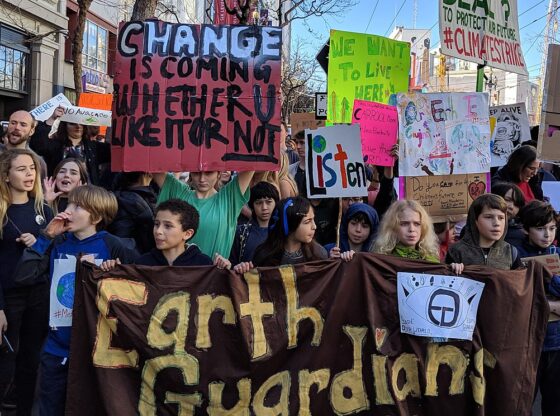“Good evening, London. It’s nine o’clock and this is The Voice of Fate broadcasting in the medium wave… It is the 5 of the 11, 1997…” and thus begins “V for Vendetta,” an iconic graphic novel written in the 1980s by Alan Moore, also renowned for his work “Watchmen” and illustrated mostly by David Lloyd.
The Honors Book Club, which selects a book or two every quarter for interested students to read, chose “V for Vendetta” for book discussion before spring break, allowing students time to digest the graphic novel, which was comparatively shorter than previous books, before their two meetings last week.
Gabriel Goodman is a sophomore studying creative writing. He will be taking over as president of the Honors Book Club in the coming fall quarter.
“We usually read traditional literature, like fiction, non-fiction and so on. By doing a graphic novel like ‘V for Vendetta,’ we had a chance to branch out into other types of reading,” said Goodman.
“V for Vendetta” brings an enigmatic, masked vigilante-style revolutionary named “V” to life in a dystopian futuristic United Kingdom. In this near-future U.K., the anarchist V executes elaborate and violent schemes to destroy the fascist government in place and to inspire the people to rise up to rule themselves.
“I have mixed feelings about this book because I’d been influenced more so by the movie, of which I’m a big fan because it emphasized specific aspects more than others. I think the book tries to explain too much, and because I’d seen the movie, I kept trying to look for similarities,” said Katie Brown, one of the presidents of the book club.
“V for Vendetta” has been adapted as a critically acclaimed dystopian thriller film, directed by James McTeigue and produced by The Wachowski Brothers, who most famously created The Matrix series.
Other members of the book club say the film adaptation and original book both follow similar basic plots.
According to a piece written by Hilary Goldstein and published on IGN.com, a major difference between the film and book is the how the filmmakers depicted V, “McTeigue and the Wachowskis go to great lengths to humanize the character, Moore’s V is only allowed emotion in rare moments, mainly in rage.”
In addition to discussing the differences between novel and film, the Honors Book Club discussed several of the major themes running throughout the novel, such as the value of anarchy, whether or not V’s campaign proves successful in the end or not and the ethics behind V’s decisions.
“There’s no flesh or blood within this cloak to kill. There’s only an idea. Ideas are bullet-proof,” V says in the novel.
Another topic the book club discussed was V’s de-personification as an idea that can represent all of the people in the Vendetta-world, and not a man at all.
“Although I do not think that we’ll have another graphic novel this fall quarter, we should have one next winter or spring, since we usually read 2 books per quarter,” said Goodman.










